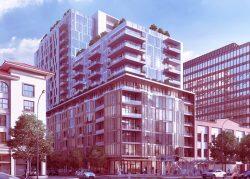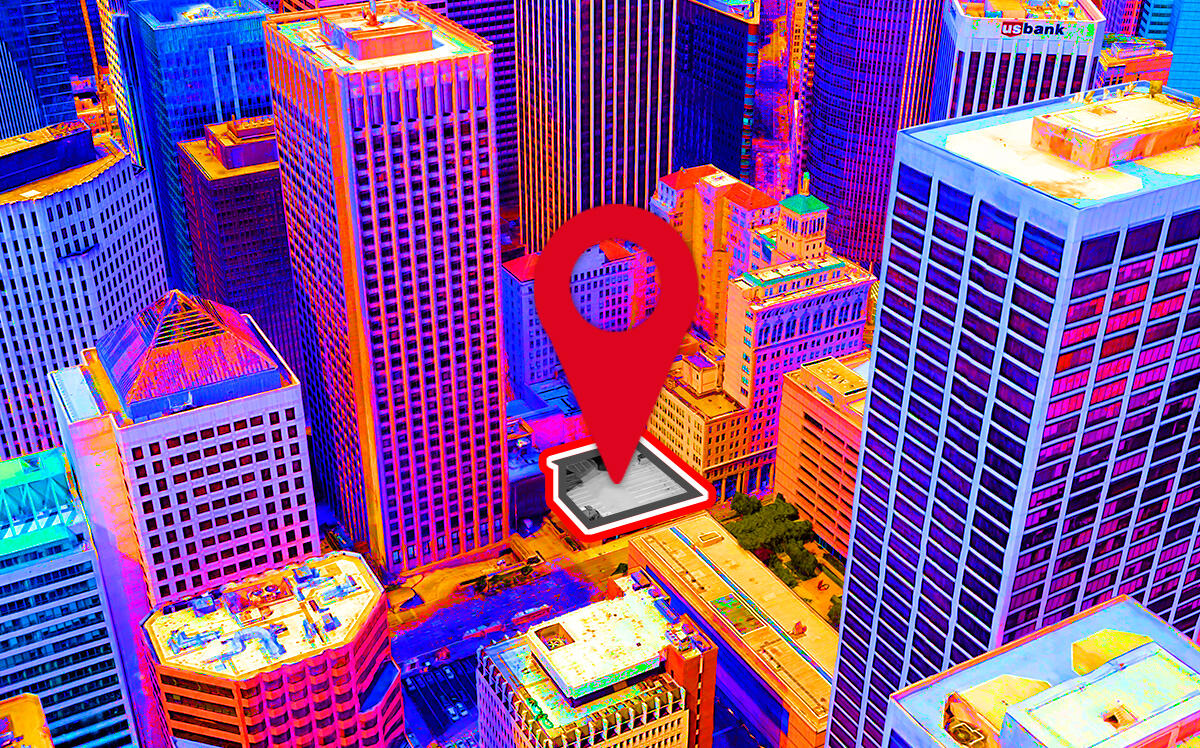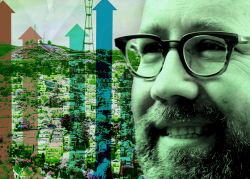 Developer submits modified plans for Berkeley’s tallest building
Developer submits modified plans for Berkeley’s tallest building
Trending
State, City density bonuses vie in SF
Critics say city’s program pales in comparison to state’s

A proposed tower at 50 Main Street is set to be San Francisco’s third tallest building, at 1,066 feet, even though the area is zoned for no more than 400 feet.
The secret: Density bonuses in exchange for affordable housing, under programs being offered by the city and the state, the San Francisco Chronicle reported. While neither program is new, more projects such as the one at 50 Main are taking advantage of one of the two programs.
Critics say HOME SF, San Francisco’s program, is less effective than the state’s, requiring more affordable housing and excluding certain city neighborhoods.
“In order to get builders to participate in our local density bonus programs we need to make them more attractive than their counterpart state programs,” Dan Sider, chief of staff for the Planning Department, wrote in an email to the Chronicle. “We’ve informally explored potential ways of doing so, but there hasn’t yet been any action from our policymakers.”
The state’s program allows projects to expand buildable areas by up to 50 percent while also providing waivers on design requirements in exchange for affordable housing. That consists of 15 percent of units serving the very low-income housing based on the area median income, 24 percent for low income housing, or 44 percent for moderate-income housing.
Among those projects being built under the state’s program is 50 Main. Most large housing projects, those of more than 25 units, are also turning to the state’s program.
Market-rate projects trying to take advantage of the state program are running into other challenges. San Francisco has interpreted the law to mean that developers must apply its inclusionary zoning rules to any new projects. That means San francisco’s 21.5 percent affordable housing requirement applies to both the base and bonus part of a project.
HOME SF is intended to be a more streamlined approval process for projects, yet projects must allocate 30 percent of units to below market-rate housing if they want the maximum benefits. In exchange, developers can build two more stories than what’s allowed and get exemptions from other design criteria. Developers can create as many units as possible within those boundaries, as long as 40 percent are two bedrooms or more.
The HOME SF program is more likely to be used for smaller projects where height isn’t the main consideration. A project at 65 Ocean Avenue in the Excelsior has been the largest HOME SF development to break ground. While it will only be one story taller than what’s allowed, It will have 193 units, almost double what had been permitted under zoning rules.
Read more
 Developer submits modified plans for Berkeley’s tallest building
Developer submits modified plans for Berkeley’s tallest building
 “Fourplexes everywhere”: San Francisco citywide upzoning advances
“Fourplexes everywhere”: San Francisco citywide upzoning advances
[San Francisco Examiner] — Gabriel Poblete




